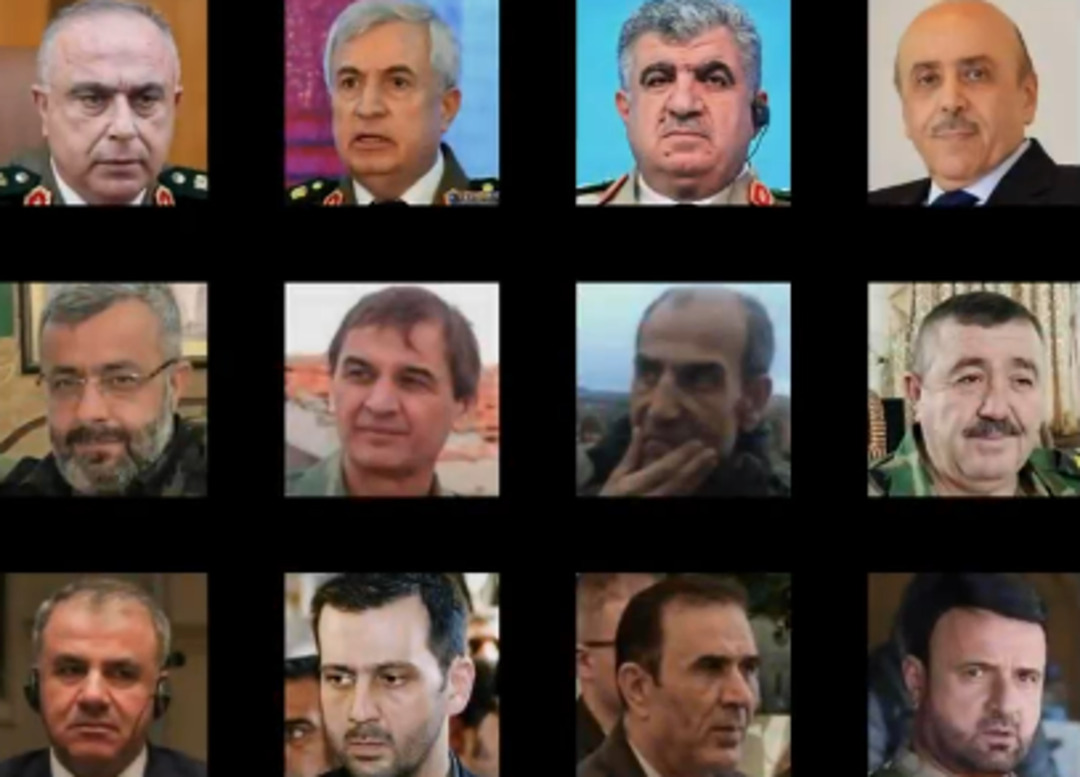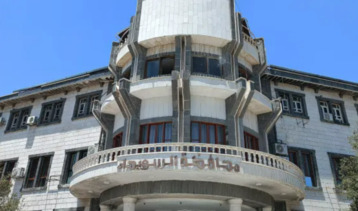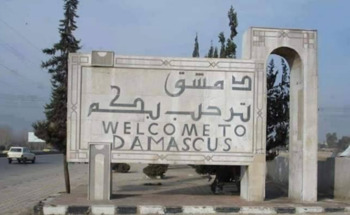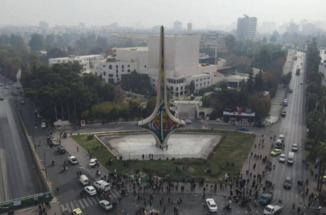-
The New York Times: The Great Disappearance — How Assad’s Elite Fled Syria

Following a bloody night on December 8, 2024, unprecedented scenes unfolded in Damascus as the regime’s top aides orchestrated a mass exodus amid its sudden collapse. Dozens gathered in the darkness outside the military section of Damascus International Airport, carrying their luggage, boarding a small Syrian Airlines plane as the world watched the tragic fall of the regime.
The flight included prominent artistic and administrative figures known for their close ties to the ruling echelon, with destinations set for Moscow. Names like Air Force Intelligence Director Qahtan Khalil, former Defense Minister Ali Abbas, and Army Commander Abdul Karim Ibrahim were among those on board. Many of them formed the backbone of an oppressive, brutal regime; now, with Assad’s fleeing, they joined the ranks of the escapees, rushing with their families to take various routes out of the country.
While the fates of all officials remain unknown, The New York Times’ investigations reveal mysterious pathways and secret files tracking the movements of 55 senior officials through digital account monitoring, social media activity, abandoned properties, phone bills, and old credit cards. Among them are individuals living luxurious lives in Moscow, plotting sabotage from Lebanon, and others still operating inside Syria, using forged passports and clandestine escape routes, even as chaos continues to spread across the land.
The mass exodus began on the night of December 7, after Assad’s senior aides realized their fate was sealed and that the regime was collapsing rapidly. Some were summoned to their homes, only to suddenly find themselves in convoy cars or hiding in embassies, while their private jets carried them toward Russia—meticulously planned escapes with high risks.
Simultaneously, the Syrian intelligence apparatus remained alert, bracing for further breakdowns, despite many of its agents believing the regime still held power. Some tried to escape awkwardly; for example, Kamal Hassan faced armed resistance attempting to leave his house before ultimately fleeing to the Russian embassy.
Regarding others, some escaped with remarkable efficiency, while some encountered severe difficulties. For instance, retired Major General Bassam Hassan had to abandon his luggage and leave quickly while city walls burned with revolutionaries.
Amid the chaos, the regime’s resistance persisted on individual levels, with many agents still within security complexes, awaiting their fate and trying to protect themselves. Some, like Ali Mamlouk, managed to escape eventually and now hide in Moscow, awaiting developments of the new phase, according to close sources.
The impact of this mass escape is widely believed to involve covert understandings, whereby many Assad supporters are allowed to cross borders—despite revolutionary forces targeting those trying to flee fiercely. Notably, high-ranking figures like Bassam Hassan were forced to navigate dark roads, trying to avoid revolutionary pursuit.
Ultimately, the tragic reality remains that the names and faces of these regime officials—once at the top of power—are now living lives of luxury, even as Syria’s entire future hangs in the balance. Close associates of the regime continue to believe that Assad’s men, whether in Moscow or elsewhere, forget the past or dream of a new life far from the nightmare of their ongoing tragedy.
You May Also Like
Popular Posts
Caricature
opinion
Report
ads
Newsletter
Subscribe to our mailing list to get the new updates!






















